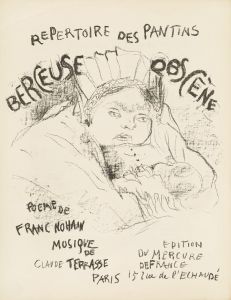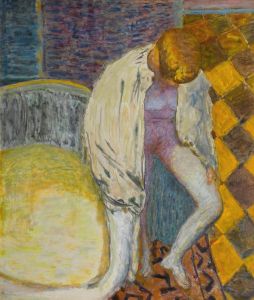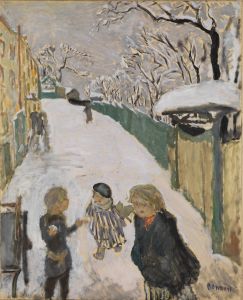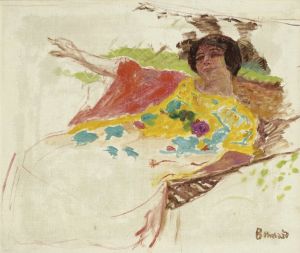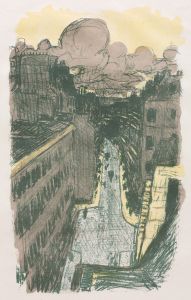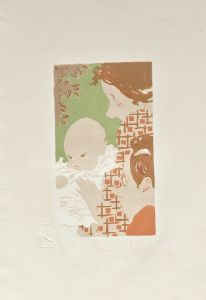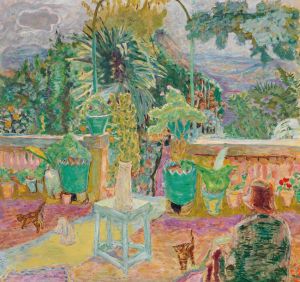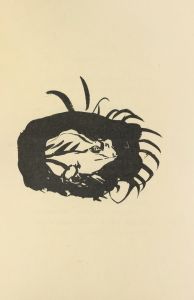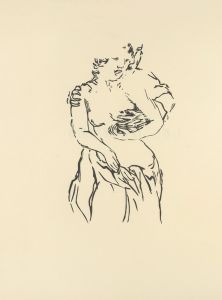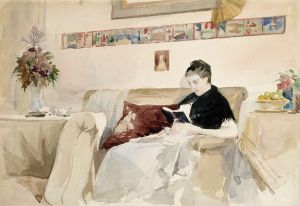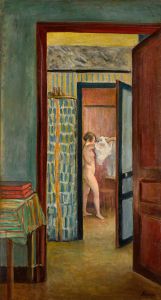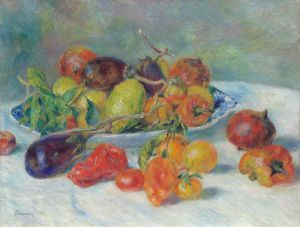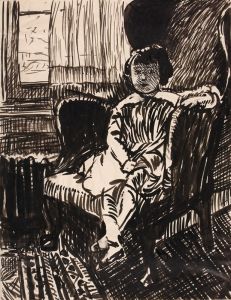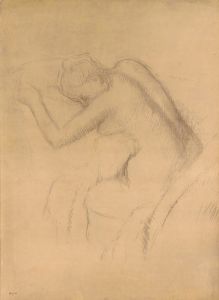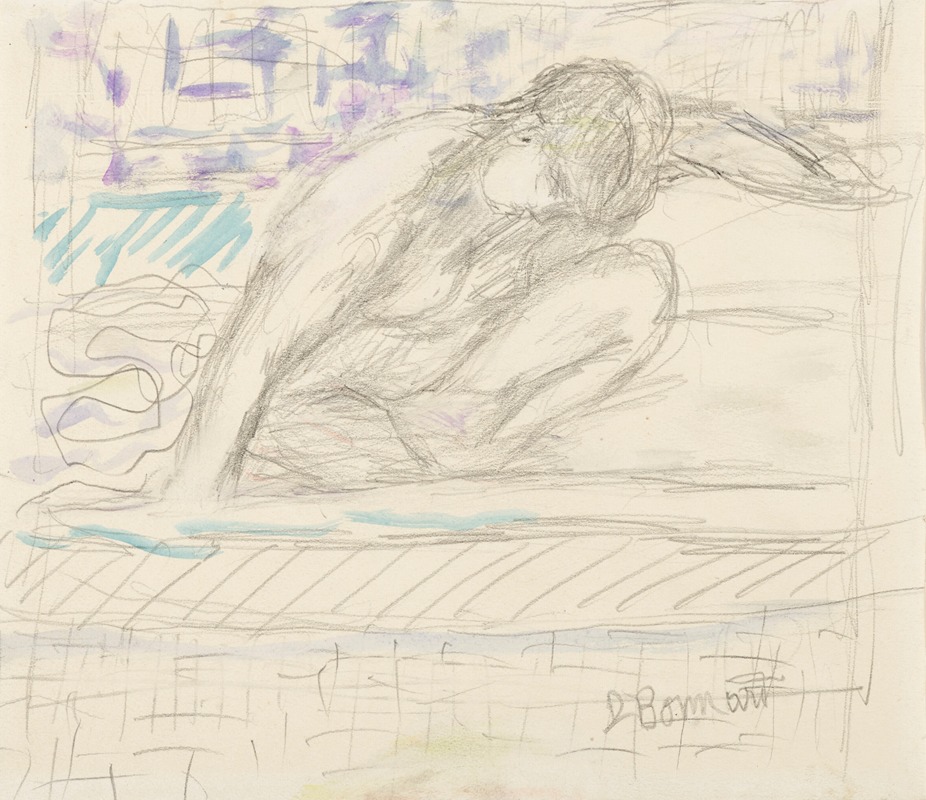
Nu accroupi
A hand-painted replica of Pierre Bonnard’s masterpiece Nu accroupi, meticulously crafted by professional artists to capture the true essence of the original. Each piece is created with museum-quality canvas and rare mineral pigments, carefully painted by experienced artists with delicate brushstrokes and rich, layered colors to perfectly recreate the texture of the original artwork. Unlike machine-printed reproductions, this hand-painted version brings the painting to life, infused with the artist’s emotions and skill in every stroke. Whether for personal collection or home decoration, it instantly elevates the artistic atmosphere of any space.
Pierre Bonnard's Nu accroupi (Crouching Nude) is a painting created by the French Post-Impressionist artist, who is celebrated for his intimate domestic scenes, vibrant use of color, and innovative compositions. While specific details about the creation date and context of Nu accroupi are not widely documented, the work exemplifies Bonnard's characteristic focus on the human figure, particularly the female form, which was a recurring subject throughout his career.
Bonnard often depicted his muse and lifelong companion, Marthe de Méligny, in his works, and it is possible that she served as the model for this painting, as she did for many of his nudes. However, without concrete evidence, this cannot be confirmed for Nu accroupi. The painting showcases Bonnard's ability to capture the human body in a natural, unposed state, emphasizing the intimacy and quietude of the moment. The crouching posture of the figure reflects Bonnard's interest in exploring unconventional poses and perspectives, moving away from the formal, idealized depictions of the nude that were common in earlier art movements.
Bonnard's approach to color and light is a defining feature of his work, and Nu accroupi likely demonstrates his mastery in these areas. He often used a palette of warm, luminous tones to create a sense of harmony and emotional resonance. His technique involved layering colors to achieve a rich, textured surface, which added depth and vibrancy to his compositions. This method aligns with his broader artistic philosophy of capturing the essence of a moment rather than adhering to strict realism.
As a member of the Nabis group in the late 19th century, Bonnard was influenced by Symbolism and Japanese art, which encouraged a focus on decorative elements and subjective interpretation. These influences are evident in his treatment of form and space, as well as his preference for intimate, everyday subjects. While Nu accroupi is not among Bonnard's most famous works, it reflects his consistent dedication to exploring the interplay between the figure and its surrounding environment.
Due to limited documentation, further specifics about Nu accroupi, such as its current location or provenance, are not readily available. However, the painting remains an example of Bonnard's enduring interest in the human form and his innovative contributions to modern art.





